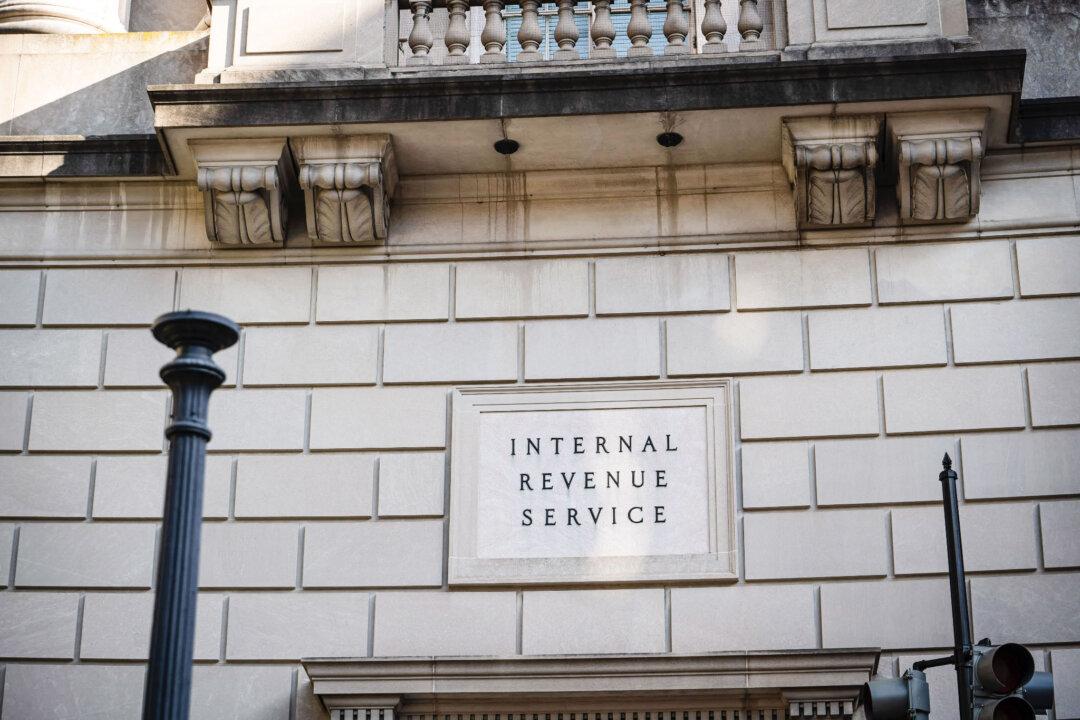The global economy is predicted to register a slower growth this year, continuing the trend from last year, with the United States poised to mark a smaller pace of growth and several countries likely to see a “mild recession,” according to the United Nations.
The “least developed countries” are expected to see the highest rate of growth in 2023, at 4.4 percent, up from 4.3 percent in 2022. Developing countries are projected to keep their growth stable at 3.9 percent this year.
“Economies in transition,” which includes Southeastern Europe, the Commonwealth of Independent States (including Russia), and Georgia, are the only regions projected to see a negative growth at minus 0.8 percent.
Recession, Inflation
According to the U.N. report, both developing and developed countries are at risk of recession in 2023. In the United States and the European Union, growth momentum has “significantly weakened.”More than 85 percent of global central banks were found to have tightened monetary policy and raised interest rates rapidly since late 2021 in an attempt to control inflation and prevent a recession. In 2022, global inflation reached a “multi-decade high” of about 9 percent. The U.N. is predicting inflation to ease this year but still remain elevated at 6.5 percent.
“In most countries, we expect that private consumption and investment will weaken due to inflation and higher interest rates,” said Ingo Pitterle, senior economist at the U.N. Department of Economic and Social Affairs.
“Several countries will see a mild recession before growth is forecast to pick up in the second half of this year and into 2024.”
In the United States, 12-month inflation consistently remained above 6.5 percent for every single month in 2022. In September 2022, Sen. Rand Paul (R-Ky.) blamed the Biden administration’s policies for driving up inflation.
US Economy 2022 and 2023
According to the latest data from the Department of Commerce, the country registered an adjusted annual growth rate of 2.9 percent in the fourth quarter. This brought the growth rate for the entirety of 2022 to 2.1 percent, which is less than half of the 5.7 percent growth in 2021.The first two quarters of 2022 had been negative, registering a 1.6 percent and 0.6 percent decline, respectively. But the last two quarters registered growth, with the third quarter growing by 3.2 percent. As a result, the overall GDP growth figure for 2022 avoided being in the red.
However, experts still worry about the United States slipping into a recession. In December 2022, housing starts, retail sales, and industrial production all declined far more rapidly than expected.
M2 money supply refers to the Fed’s estimate of the total money supply, which includes all the cash that people have on hand as well as the money deposited in savings accounts, checking accounts, and other short-term savings instruments.





